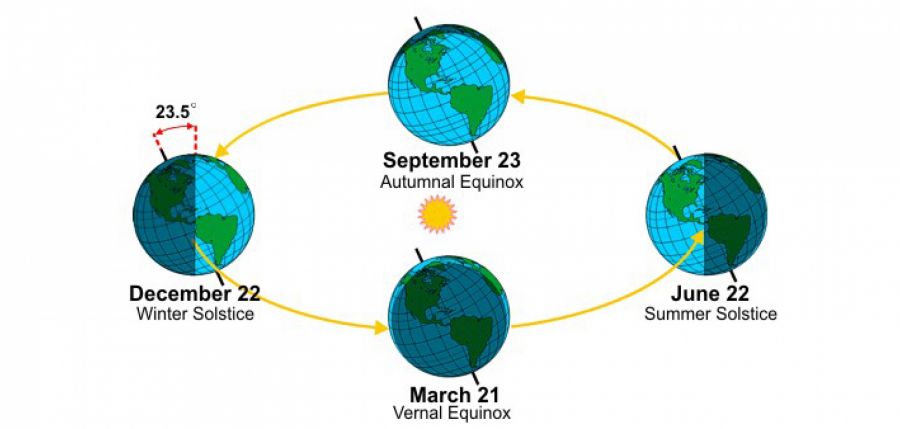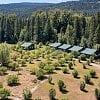The leaves are starting to change colour, temperatures are cooling down and our daylight hours continue to decrease.
These are signs of our summer coming to an end, and the start of the fall season.
Officially, the Fall Equinox this year is on Saturday evening at 6:54 p.m. PST.

After the weekend, our nights start to get longer than the days since we are in the Northern Hemisphere, and the opposite starts to happen to our friends who live in the Southern Hemisphere.
The term Equinox is derived from Latin meaning “equal night.”
It is the time when our day and night is divided approximately in half, with close to 12 hours of daylight and close to 12 hours of nighttime.
This happens twice a year, once in March and once in September.
We have seasons on Earth because the axis our planet spins on as it orbits around the sun is slightly tilted at about 23.5 degrees.

This leads to different lengths of sunlight, depending on your location on the planet and on what day it is of the year, and the amount of sunlight contributes to the different amount of heat and solar radiation a location receives.
The fewer daylight hours and the decreased amount of solar radiation are reasons why we will see much cooler conditions as we move into fall and winter.
It’s time to think about trading in the tank tops for cozy sweaters!
We will continue to lose daylight hours until the Winter Solstice on Friday, December 21, 2018.
















